COMPANY NEWS
Study Primary Endpoint Met in a Phase 3 Clinical Study of Bevacizumab EB12-20145P (HLX04-O) for the Treatment of Ophthalmic Diseases
2025.04.02
Download
Hong Kong, 02 April 2025
Essex Bio-Technology Limited (“Essex” or the “Group”, Stock Code: 1061.HK) today announced that the phase 3 clinical trial of EB12-20145P (HLX04-O), a recombinant anti-VEGF humanised monoclonal antibody injection jointly developed by the Group and Shanghai Henlius Biotech, Inc. (“Henlius”, Stock Code: 2696.HK), in Chinese patients with wet age-related macular degeneration (“wet-AMD”) (“AURA-1”), has met the study primary endpoint. The Group plans to partner with Henlius to submit a Biologics License Application (“BLA”) in China, with EB12-20145P (HLX04-O) expected to become the country’s first bevacizumab approved product for the treatment of ophthalmic diseases.
AURA-1 is a multi-centre, randomised, double-blind, active-controlled, and non-inferiority phase 3 clinical trial which aimed to compare the efficacy and safety of EB12-20145P (HLX04-O) with that of ranibizumab administered by intravitreal injection (“IVT”) in newly diagnosed wet-AMD patients. Patients enrolled were randomised at a ratio of 1:1 to receive either EB12-20145P (HLX04-O) (1.25 mg) IVT or ranibizumab (0.5 mg) IVT, administered every 4 weeks. The treatment continued for 1 year until death, withdrawal of consent, loss to follow-up, or study termination by the sponsor. The primary endpoint of this study was mean change of letters in best-corrected visual acuity (“BCVA”) from baseline at week 48. The secondary endpoints included other efficacy, safety, tolerability, and pharmacokinetics. Results showed that the primary endpoint of this study was met, with the mean change in BCVA from baseline at week 48 in the EB12-20145P (HLX04-O) group being non-inferior to that in the ranibizumab group. Additionally, EB12-20145P (HLX04-O) had a good safety profile, with similar overall ocular and non-ocular safety results compared to ranibizumab in wet-AMD patients.
EB12-20145P (HLX04-O) is a recombinant anti-VEGF humanised monoclonal antibody injection constructed using genetic engineering technology independently developed by Henlius. EB12-20145P (HLX04-O) can inhibit VEGF’s binding to its receptor Flt-1 (VEGFR-1) and KDR (VEGFR-2) on endothelial cells to inhibit the activation of its tyrosine kinase signalling pathway, inhibit endothelial cell proliferation and reduce angiogenesis, thereby treating eye diseases associated with angiogenesis. According to the requirements of ophthalmic drugs, Henlius has developed EB12-20145P (HLX04-O) which optimises the prescription, specifications, and production processes of HANBEITAI® (bevacizumab injection), assuming that the active ingredients remain unchanged. Through a series of comparability analysis, it is proved that the changes in the production process and prescription of the preparation have no adverse impact on the quality, safety, and efficacy of the preparation.
In addition to AURA-1 which has met its primary endpoint, an international multi-centre phase 3 clinical study of EB12-20145P (HLX04-O) in patients with wet-AMD is ongoing successively in several European countries, Australia, the United States, and China (“AURA-2”) with last patient last visit completed by January 2025. Moving forward, Essex will continue to strive for excellence by embracing innovation to develop first-in-class and best-in-class products, providing solutions for Tomorrow’s healthcare problems, Today.
Essex Bio-Technology Limited (“Essex” or the “Group”, Stock Code: 1061.HK) today announced that the phase 3 clinical trial of EB12-20145P (HLX04-O), a recombinant anti-VEGF humanised monoclonal antibody injection jointly developed by the Group and Shanghai Henlius Biotech, Inc. (“Henlius”, Stock Code: 2696.HK), in Chinese patients with wet age-related macular degeneration (“wet-AMD”) (“AURA-1”), has met the study primary endpoint. The Group plans to partner with Henlius to submit a Biologics License Application (“BLA”) in China, with EB12-20145P (HLX04-O) expected to become the country’s first bevacizumab approved product for the treatment of ophthalmic diseases.
AURA-1 is a multi-centre, randomised, double-blind, active-controlled, and non-inferiority phase 3 clinical trial which aimed to compare the efficacy and safety of EB12-20145P (HLX04-O) with that of ranibizumab administered by intravitreal injection (“IVT”) in newly diagnosed wet-AMD patients. Patients enrolled were randomised at a ratio of 1:1 to receive either EB12-20145P (HLX04-O) (1.25 mg) IVT or ranibizumab (0.5 mg) IVT, administered every 4 weeks. The treatment continued for 1 year until death, withdrawal of consent, loss to follow-up, or study termination by the sponsor. The primary endpoint of this study was mean change of letters in best-corrected visual acuity (“BCVA”) from baseline at week 48. The secondary endpoints included other efficacy, safety, tolerability, and pharmacokinetics. Results showed that the primary endpoint of this study was met, with the mean change in BCVA from baseline at week 48 in the EB12-20145P (HLX04-O) group being non-inferior to that in the ranibizumab group. Additionally, EB12-20145P (HLX04-O) had a good safety profile, with similar overall ocular and non-ocular safety results compared to ranibizumab in wet-AMD patients.
EB12-20145P (HLX04-O) is a recombinant anti-VEGF humanised monoclonal antibody injection constructed using genetic engineering technology independently developed by Henlius. EB12-20145P (HLX04-O) can inhibit VEGF’s binding to its receptor Flt-1 (VEGFR-1) and KDR (VEGFR-2) on endothelial cells to inhibit the activation of its tyrosine kinase signalling pathway, inhibit endothelial cell proliferation and reduce angiogenesis, thereby treating eye diseases associated with angiogenesis. According to the requirements of ophthalmic drugs, Henlius has developed EB12-20145P (HLX04-O) which optimises the prescription, specifications, and production processes of HANBEITAI® (bevacizumab injection), assuming that the active ingredients remain unchanged. Through a series of comparability analysis, it is proved that the changes in the production process and prescription of the preparation have no adverse impact on the quality, safety, and efficacy of the preparation.
In addition to AURA-1 which has met its primary endpoint, an international multi-centre phase 3 clinical study of EB12-20145P (HLX04-O) in patients with wet-AMD is ongoing successively in several European countries, Australia, the United States, and China (“AURA-2”) with last patient last visit completed by January 2025. Moving forward, Essex will continue to strive for excellence by embracing innovation to develop first-in-class and best-in-class products, providing solutions for Tomorrow’s healthcare problems, Today.
~ End ~
About wet-AMD
Age-related macular degeneration (“AMD”) is one of the leading causes of visual impairment and blindness in the elderly worldwide [1]. According to the World Health Organization (WHO), about 30 million people have suffered from AMD globally, and about half a million people become blind due to AMD each year [2]. Wet age-related macular degeneration (“wet-AMD”) is characterised by the formation of subretinal choroidal neovascularization (CNV) and is responsible for approximately 90% of cases of AMD-related blindness. Due to an aging population, wet-AMD has become a serious social medical problem and indicated a huge burden of unmet need [3]. With the development of treatment for fundus diseases, anti-VEGF drugs are becoming the first-line therapy for the management of wet-AMD [4], and the efficacy and safety of vitreous injection of bevacizumab for wet-AMD have been verified in multiple clinical studies [5-11].
About Essex
Essex is a bio-pharmaceutical company that develops, manufactures, and commercialises genetically engineered therapeutic b-bFGF, with six commercialised biologics currently marketed in China. Additionally, the Company has a diverse portfolio of commercialised preservative-free unit-dose eye drops, Shilishun(適麗順®) (Iodized Lecithin Capsules) and others, which are principally prescribed for wound healing and diseases in Ophthalmology and Dermatology.
These products are marketed and sold through approximately 14,000 hospitals, supported by the Company’s 44 regional offices in China. Leveraging its in-house R&D platform in growth factor and antibody technology, Essex maintains a robust pipeline of projects in various clinical stages, covering a wide range of fields and indications.
Reference
[1] 歐陽靈藝, 邢怡橋. 抗VEGF藥物在濕性年齡相關性黃斑變性中的應用進展[J]. 國際眼科雜誌, 2020(1).
[2] Resnikoff S, Pascolini D, Etya'ale D, Kocur I, Pararajasegaram R, Pokharel GP, Mariotti SP. Global data on visual impairment in the year 2002. Bull World Health Organ. 2004 Nov;82(11):844-51.
[3] Wong WL, Su X, Li X, et al. Global prevalence of age-related macular degeneration and disease burden projection for 2020 and 2040: a systematic review and meta-analysis. Lancet Glob Health. 2014;2(2): e106-116.
[4] Li X R, Liu J P. Recognition of anti-VEGF therapy base on the mechanism of VEGF in wet age-related macular degeneration[J]. Zhonghua Shiyan Yanke Zazhi/Chinese Journal of Experimental Ophthalmology, 2012, 30(4):289-292.
[5] Tufail A, Patel PJ, Egan C, Hykin P, da Cruz L, Gregor Z, Dowler J, Majid MA, Bailey C, Mohamed Q, Johnston R, Bunce C, Xing W; ABC Trial Investigators. Bevacizumab for neovascular age related macular degeneration (ABC Trial): multi-centre randomized double masked study. BMJ. 2010 Jun 9;340:c2459.
[6] Martin DF, Maguire MG, Ying GS, Grunwald JE, Fine SL, Jaffe GJ. Ranibizumab and bevacizumab for neovascular age-related macular degeneration. N Engl J Med. 2011 May 19;364(20):1897-908.
[7] Chakravarthy U, Harding SP, Rogers CA, Downes SM, Lotery AJ, Wordsworth S, Reeves BC. Ranibizumab versus bevacizumab to treat neovascular age-related macular degeneration: one-year findings from the IVAN randomized trial. Ophthalmology. 2012 Jul;119(7):1399-411.
[8] Kodjikian L, Souied EH, Mimoun G, Mauget-Faÿsse M, Behar -Cohen F, Decullier E, Huot L, Aulagner G; GEFAL Study Group. Ranibizumab versus Bevacizumab for Neovascular Age-related Macular Degeneration: Results from the GEFAL Noninferiority Randomized Trial. Ophthalmology. 2013 Nov;120(11):2300-9.
[9] Krebs I, Schmetterer L, Boltz A, Told R, Vécsei-Marlovits V, Egger S, Schönherr U, Haas A, Ansari-Shahrezaei S, Binder S; MANTA Research Group. A randomized double-masked trial comparing the visual outcome after treatment with ranibizumab or bevacizumab in patients with neovascular age-related macular degeneration. Br J Ophthalmol. 2013 Mar;97(3):266-71.
[10] Berg K, Pedersen TR, Sandvik L, Bragadóttir R. Comparison of ranibizumab and bevacizumab for neovascular age-related macular degeneration according to LUCAS treat-and-extend protocol. Ophthalmology. 2015 Jan;122(1):146-52.
[11] Schauwvlieghe AM, Dijkman G, Hooymans JM, Verbraak FD, Hoyng CB, Dijkgraaf MG, Peto T, Vingerling JR, Schlingemann RO. Comparing the Effectiveness of Bevacizumab to Ranibizumab in Patients with Exudative Age-Related Macular Degeneration. The BRAMD Study. PLoS One. 2016 May 20;11(5): e0153052.


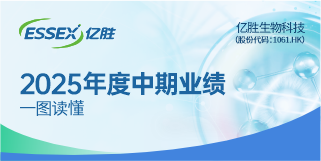
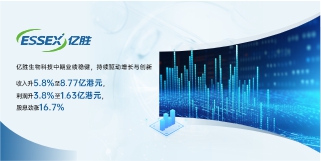
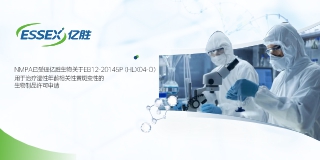
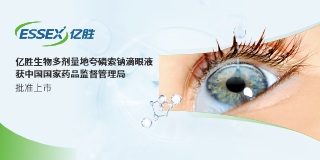
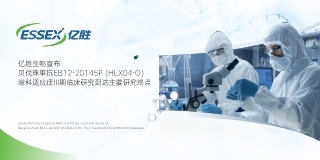
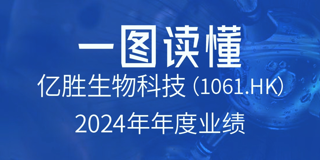
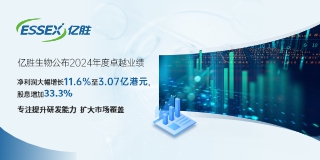
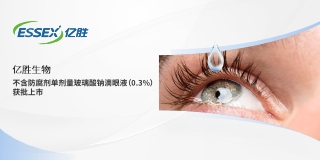
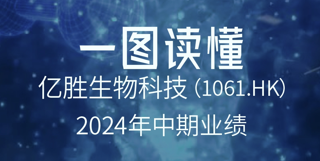
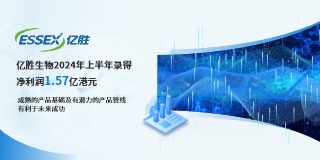
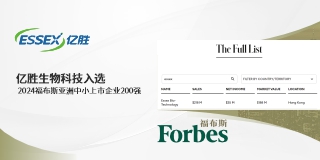
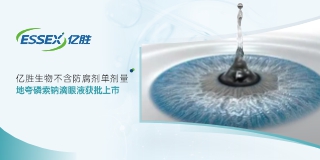
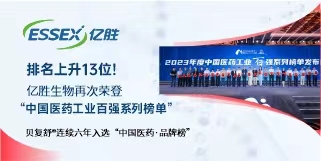

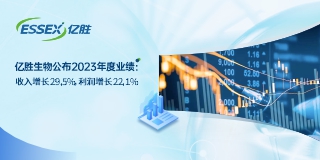

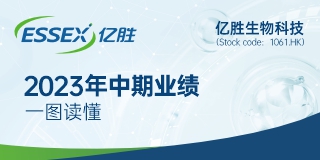
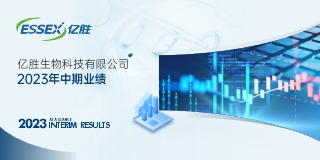
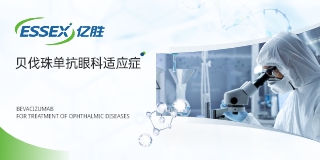


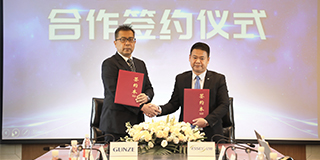
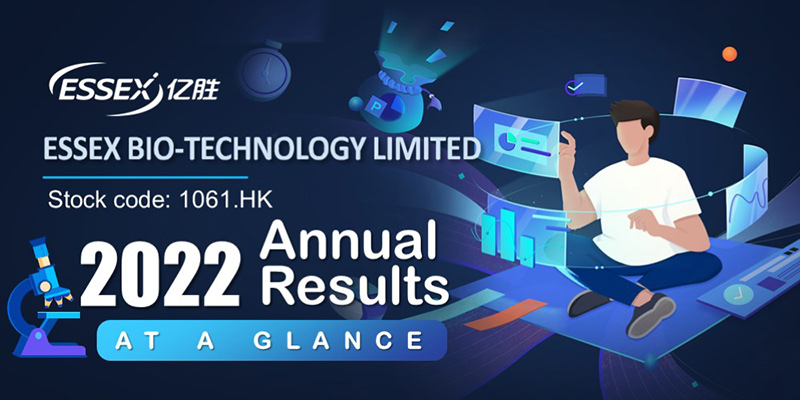
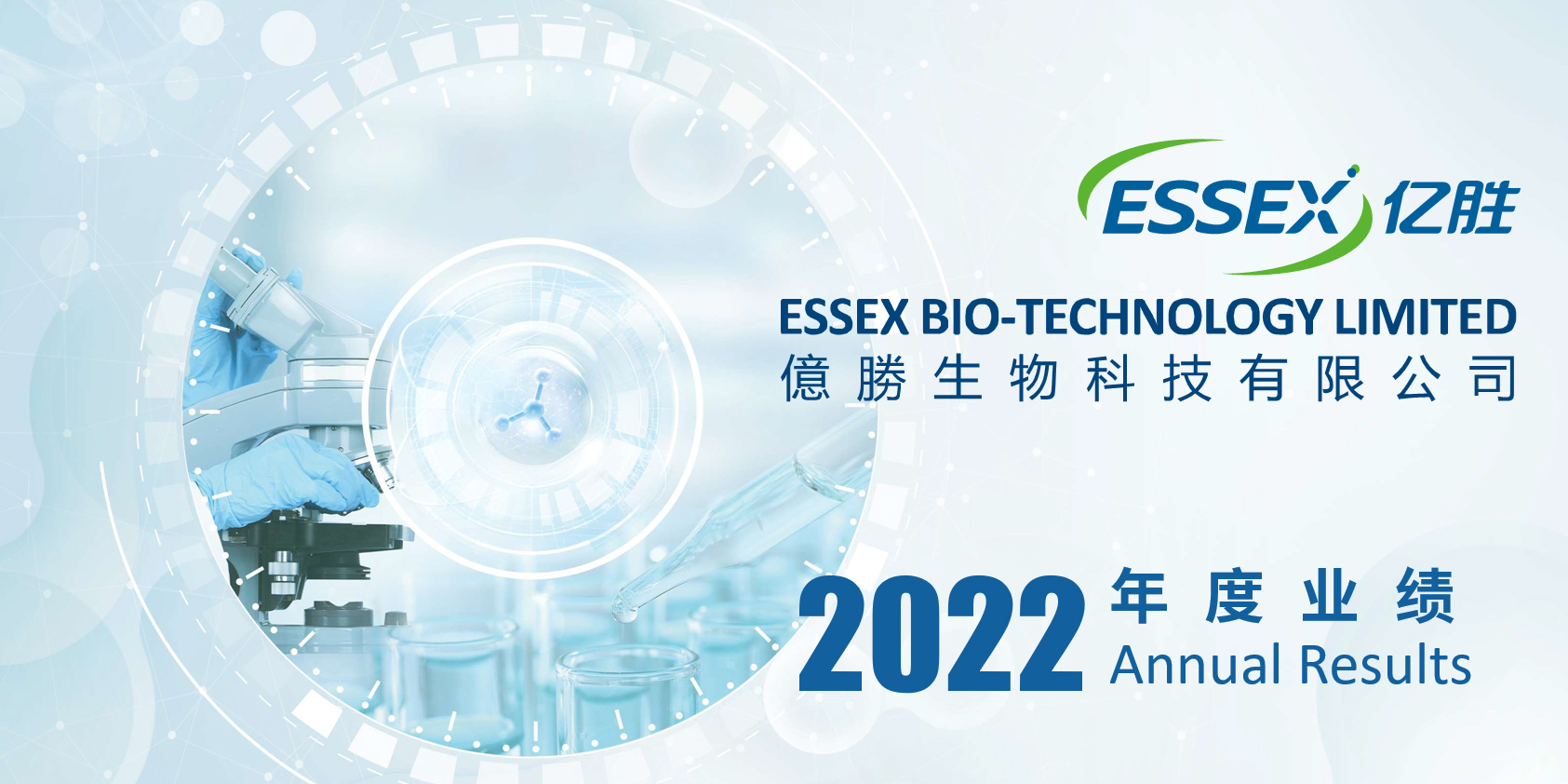
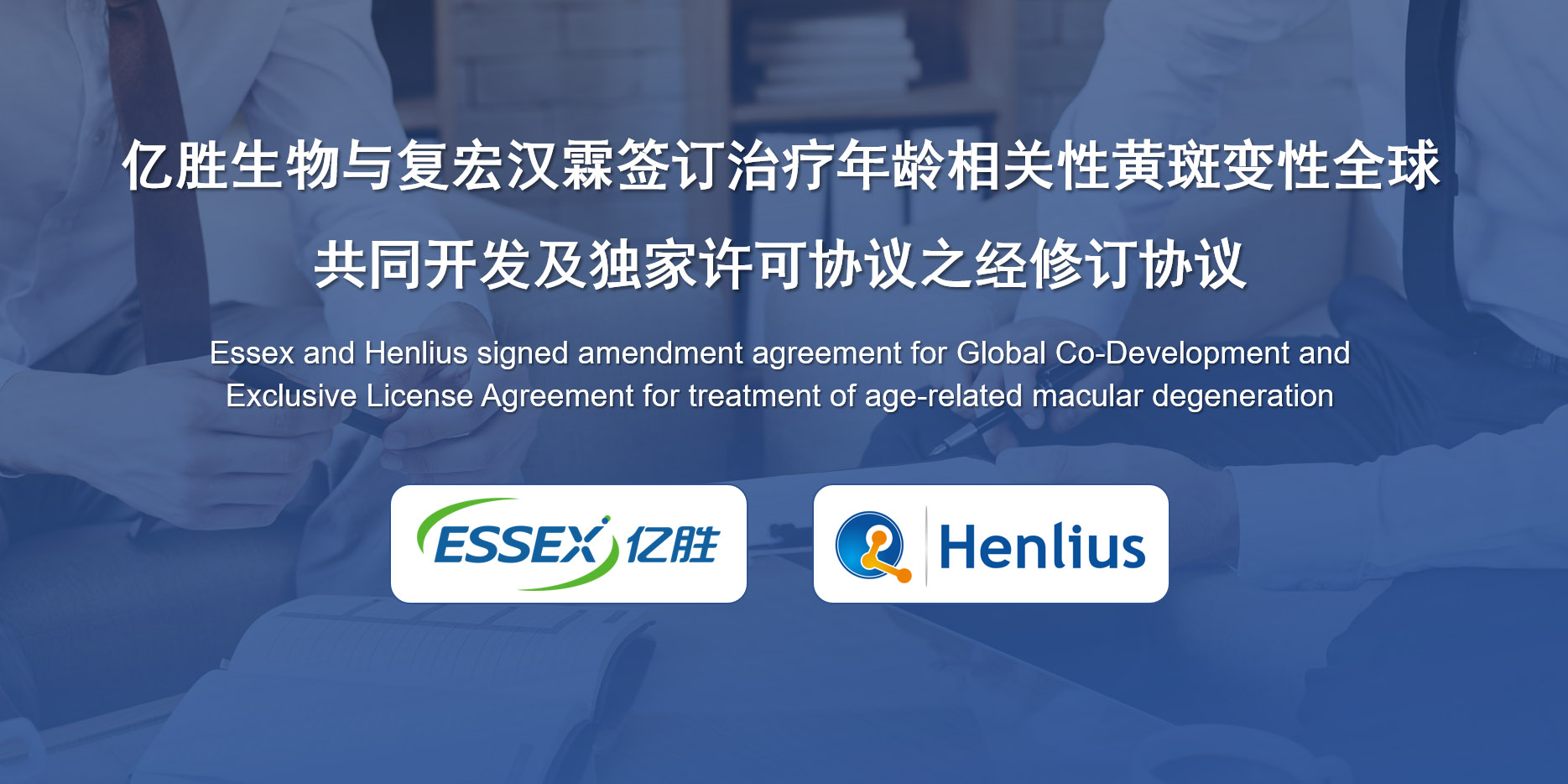

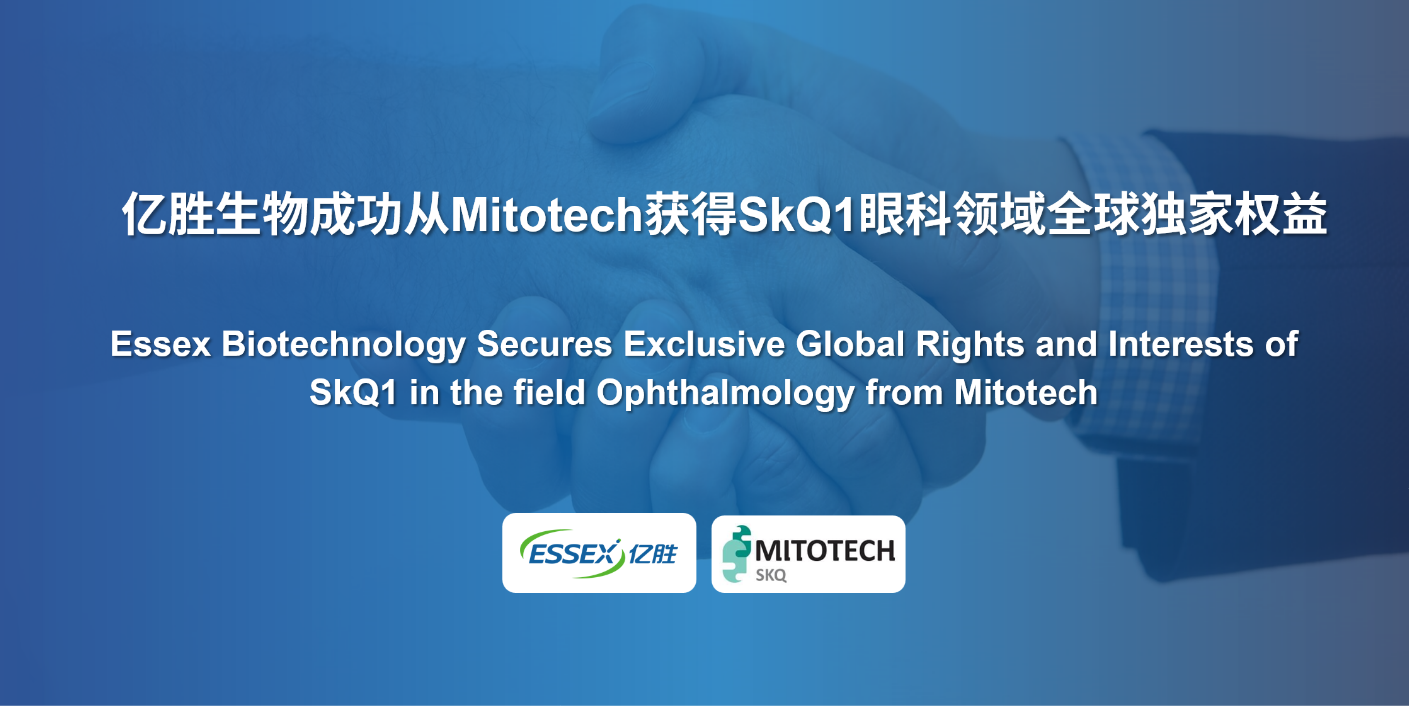




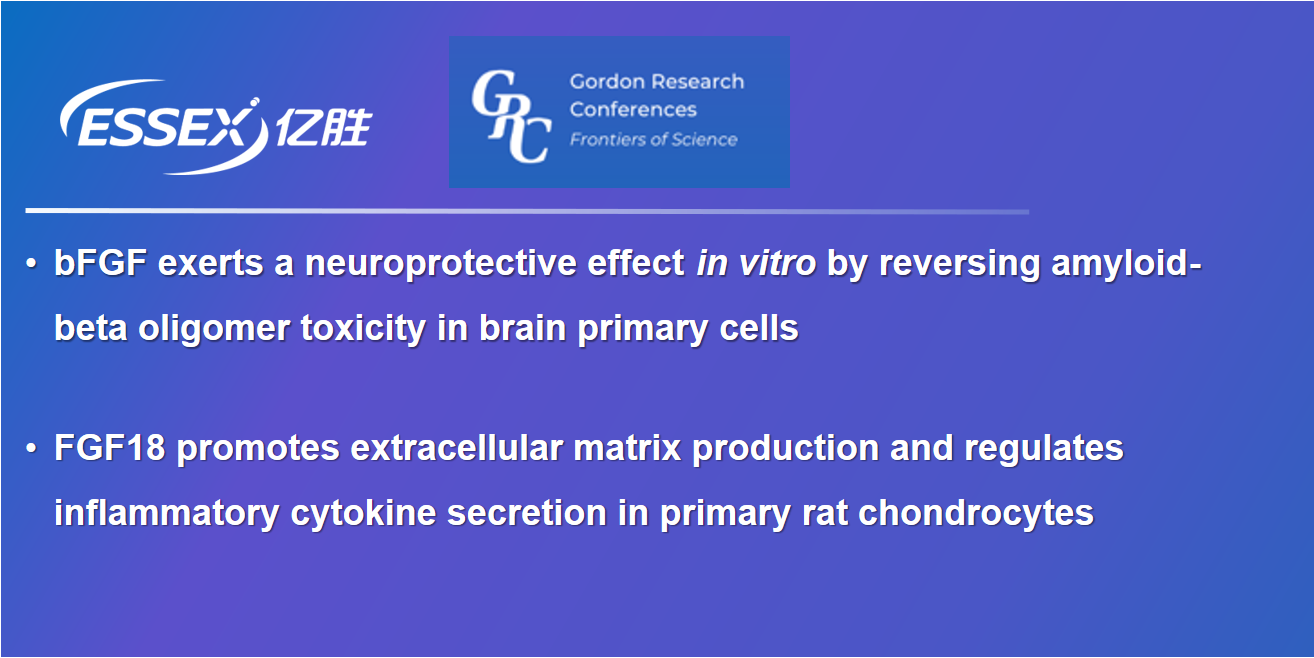








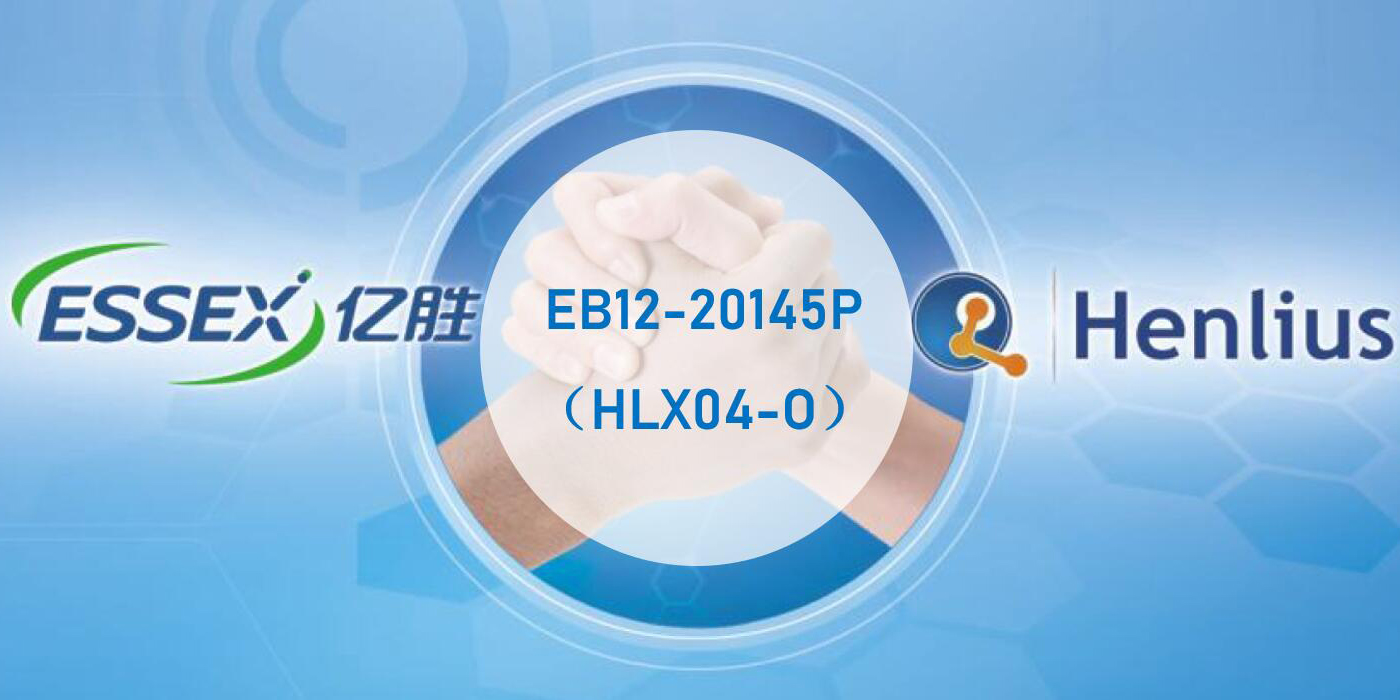

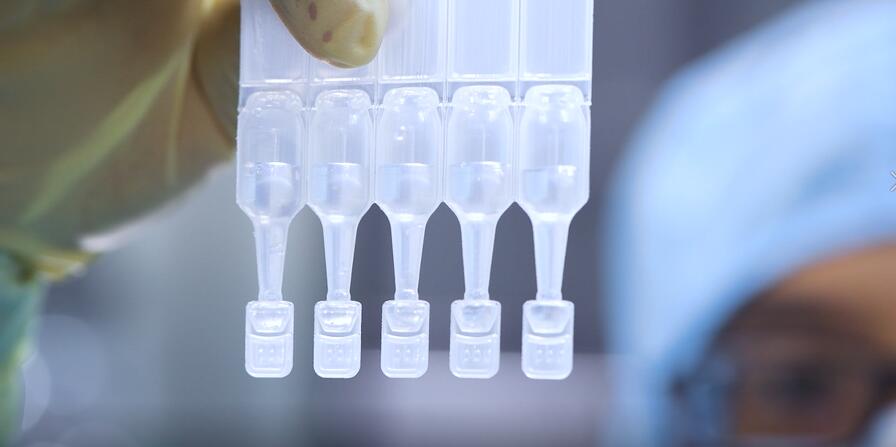

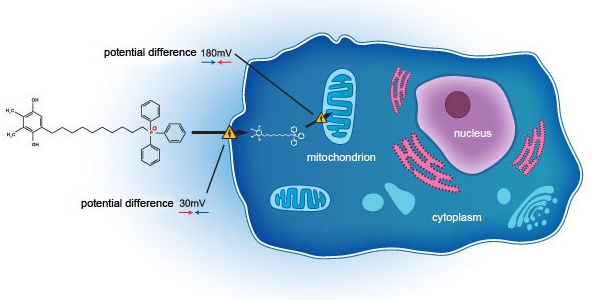

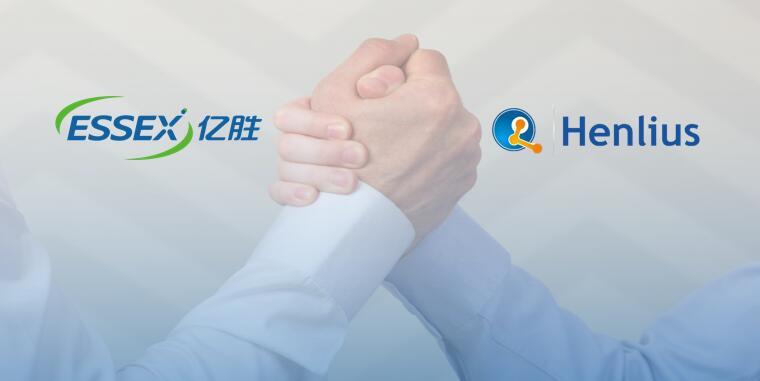




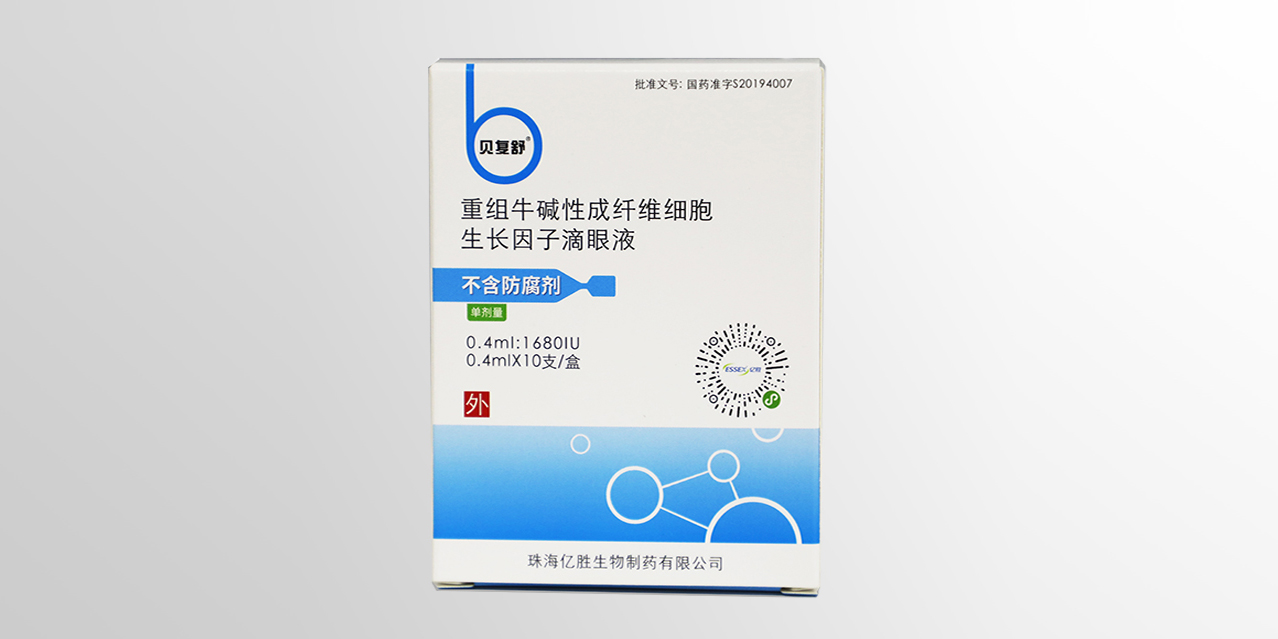

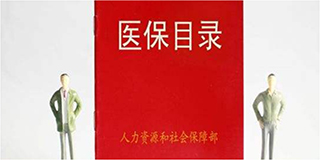

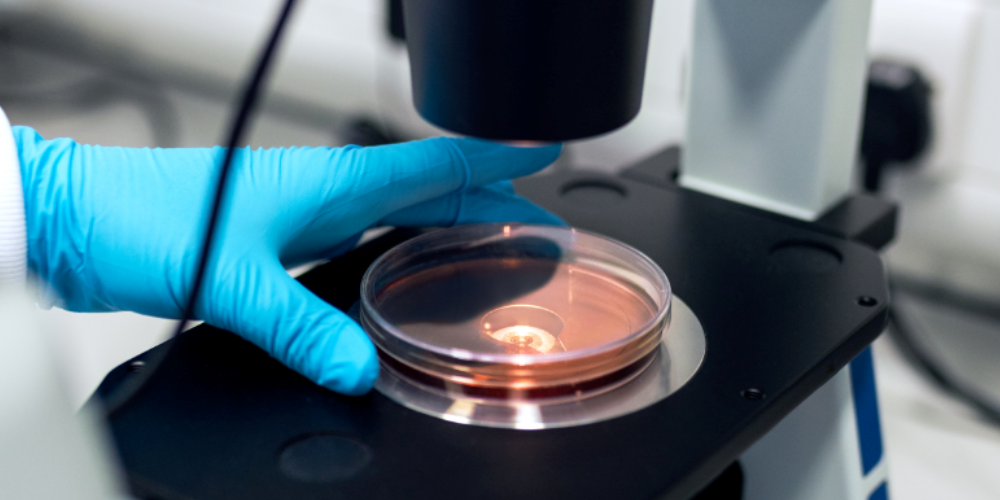
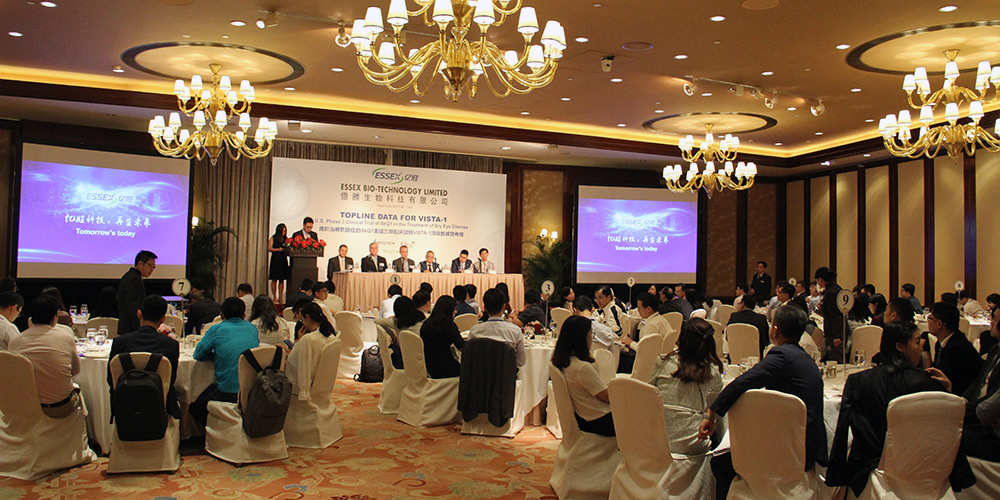
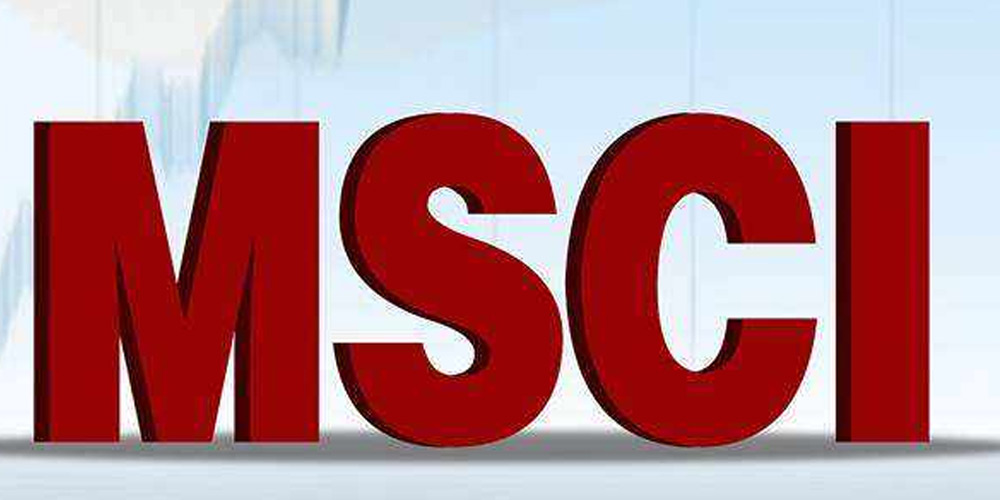

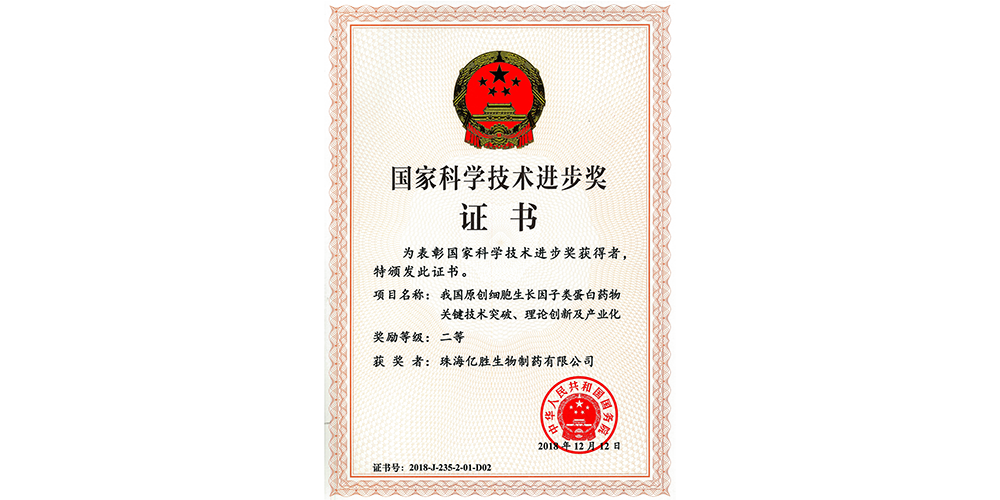

 粤公网安备 44049102496184号
粤公网安备 44049102496184号